Play-Making
Play-Making
A Manual of Craftsmanship
This book is, to all intents and purposes, entirely new. No considerable portion of it has already appeared, although here and there short passages and phrases from articles of bygone years are embedded--indistinguishably, I hope--in the text. I have tried, wherever it was possible, to select my examples from published plays, which the student may read for himself, and so check my observations. One reason, among others, which led me to go to Shakespeare and Ibsen for so many of my illustrations, was that they are the most generally accessible of playwrights.
Book Excerpt
derations. Art, to him, is simply self-expression. He writes to please himself, and has no thought of currying favour with an audience, whether intellectual or idiotic." To this I reply simply that to an artist of this way of thinking I have nothing to say. He has a perfect right to express himself in a whole literature of so-called plays, which may possibly be studied, and even acted, by societies organized to that laudable end. But the dramatist who declares his end to be mere self-expression stultifies himself in that very phrase. The painter may paint, the sculptor model, the lyric poet sing, simply to please himself,[5] but the drama has no meaning except in relation to an audience. It is a portrayal of life by means of a mechanism so devised as to bring it home to a considerable number of people assembled in a given place. "The public," it has been well said, "constitutes the theatre." The moment a playwright confines his work within the two or three hours' limit prescribed by Western custom for a theat
Editor's choice
(view all)Popular books in Instructional, Drama, Fiction and Literature
Readers reviews
0.0
LoginSign up
Be the first to review this book
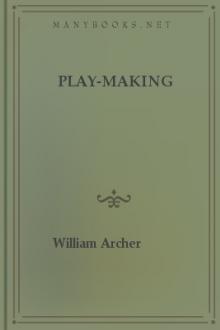
 Free Download
Free Download














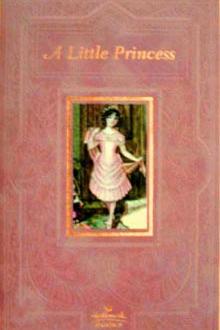


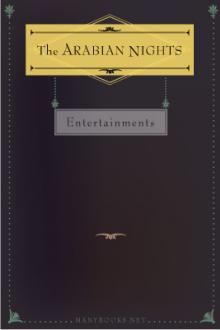
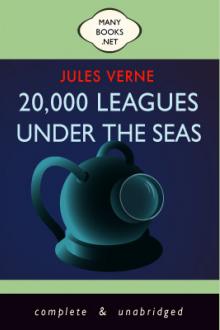
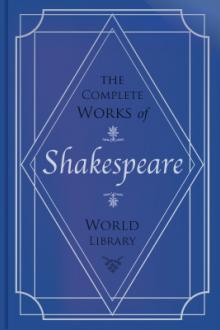
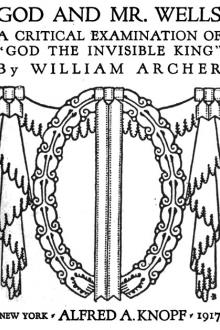
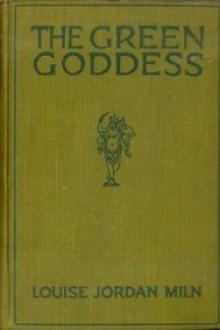

-itok=vcKIB5v1.jpg)